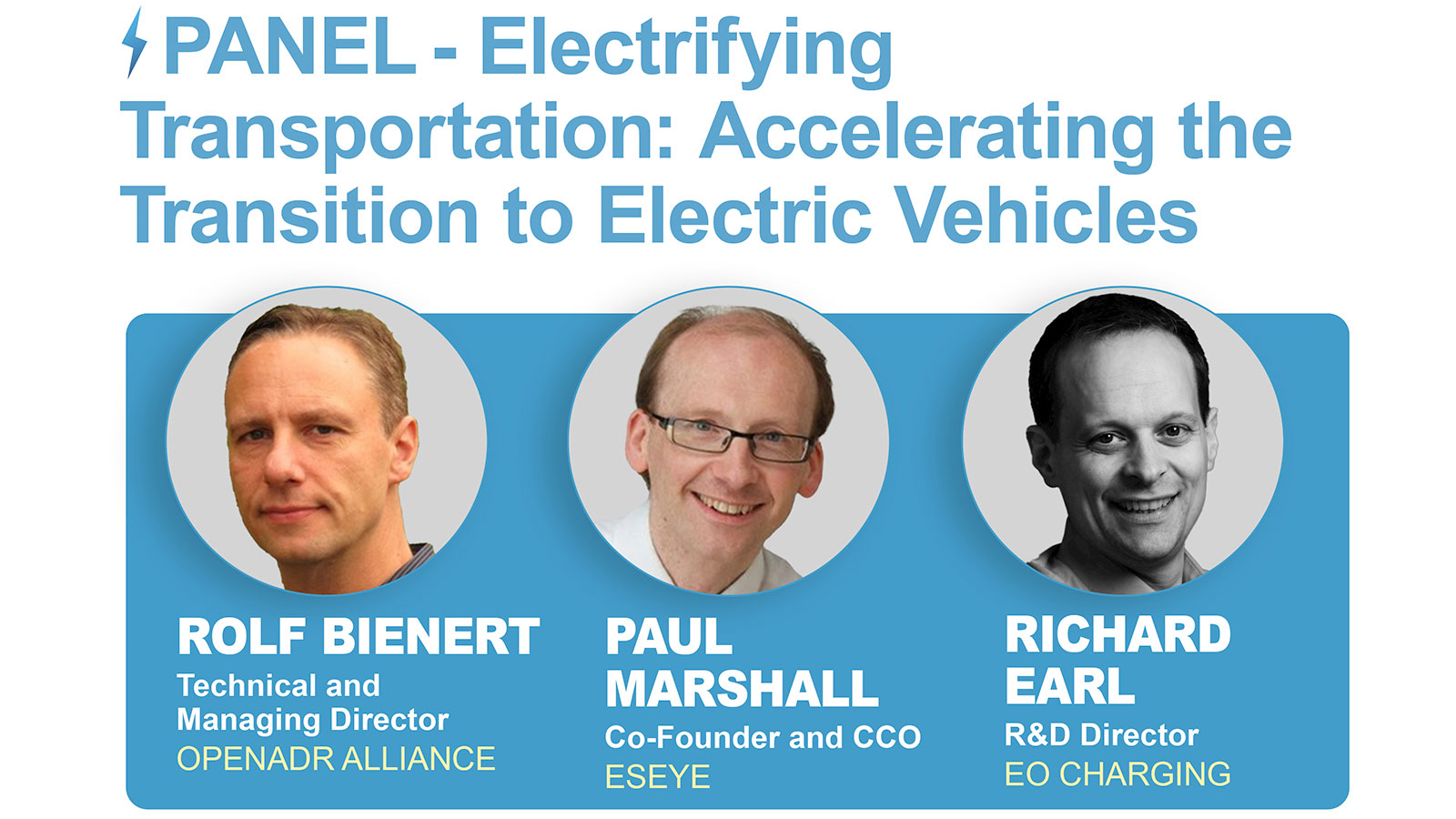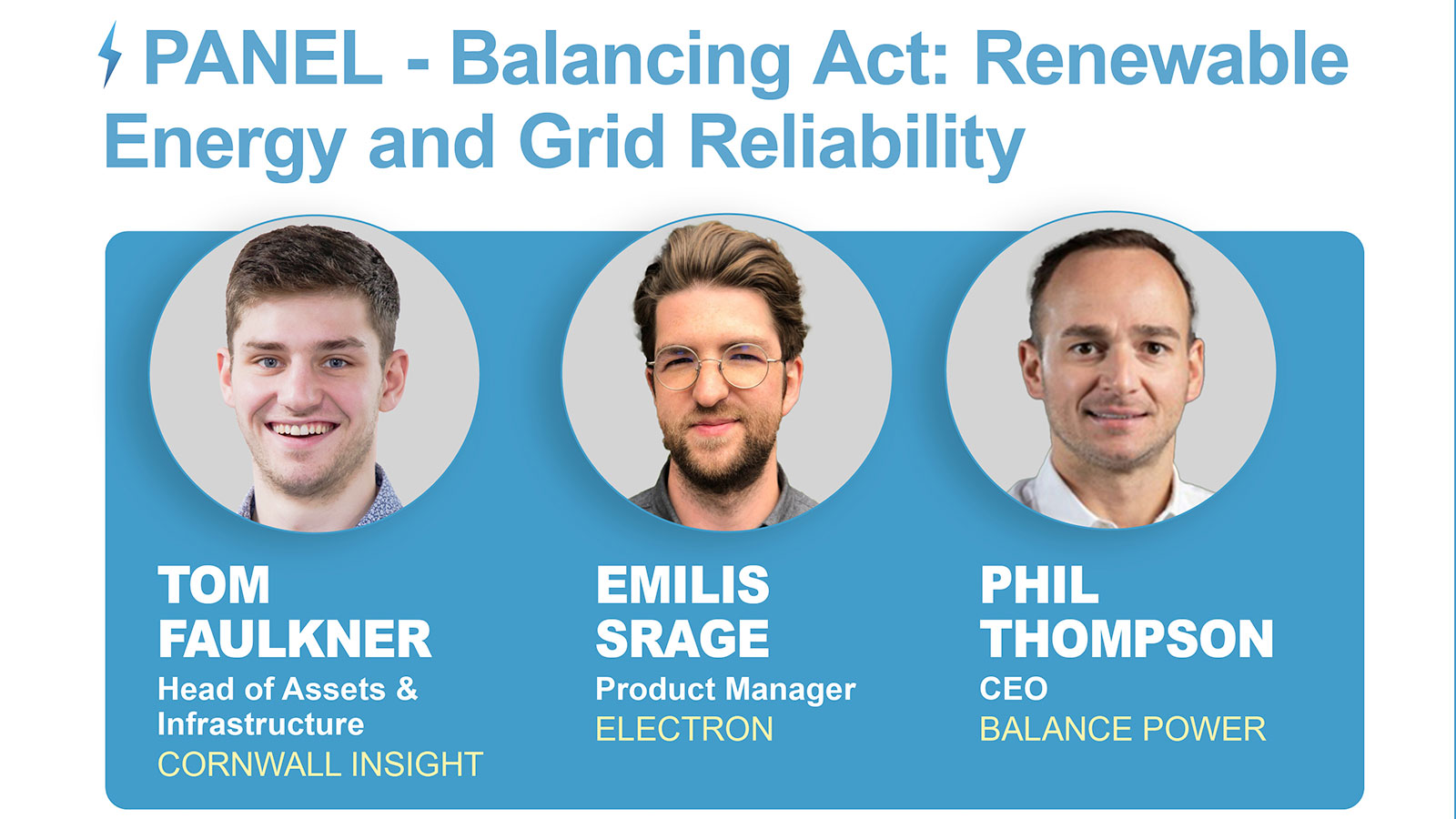It just doesn’t seem like 10 years since FIBOX first established their own business plans and entered the UK market in their own right with a range of products, that compared with today’s offering, seemed basic to say the least! But over the years, technology advances within the electrical and electronics market have brought rapid and continuous changes to our product range, with customers increasingly driven by the need to introduce new products within short time frames.
Therefore, to address our customers' needs, FIBOX had to become more flexible and better able to meet short to medium production requirements, and to that end, the company has steadily increased its produce ranges, upgraded its facility, equipment, manufacturing processes and distribution to streamline operations and introduce efficiencies right across the board.
Market appreciation of plastic enclosures.
In 1997 the reliance on sheet steel was very high. Nowadays the credibility of plastic’s ability to withstand hostile environments is much better. High-grade materials are now used extensively in the enclosure industry and impact resistances have improved considerably. In many cases the ability of polycarbonate to withstand impact is better than steel. Gasket technology means that IP67 is achievable as standard, with IP68 a definite possibility under certain criteria. The majority of steel enclosures are tested to IP55.
Growth in customising
Since 1997 we have seen a significant move towards customizing. OEM customers have closed in house machine shops and have increasingly looked towards out-sourcing and building partnerships with enclosure companies, who can offer a one-stop shop.
Back in 1997 customising basically consisted of simple machining and some screen-printing. Nowadays customers are demanding very intricate machining to tight tolerances, in addition to complex graphics, membrane keypads, assembly, packaging and logistical solutions. The advancements in communication methods (e-mail, data transfer, CAD drawing download from our internet site etc’) have been crucial. It may be worth listing our customer in the North of Scotland whom we have never met, yet we have provided a complete assembled, end customer ready enclosure solution for 4 years now.
In 1997 less than 10% of our OEM sales included customizing, today it is close to 60%.
The ability to carry out special moulding where the standard offering is not suitable is becoming more important. Aesthetics have never been more important as OEM companies’ battle for market share. Often the appearance of the product is enough to gain an edge.
OEM customers now require the sales person from the enclosure supplier to act more as an employee, to work alongside and offer assistance to their internal supply chain.
Legislation
The biggest legislative change since 1997 is RoHS. Materials have been outlawed and as a result some big names in the enclosure industry have had to remove ranges. Others have had to upgrade materials to become compliant, bringing costs more in line with those manufacturers who already use compliant materials.
As more and more plastics are being recycled with improved results, the new European Union (EU) legislation – Directive 2002/96/EC – regulating the collection and recycling of waste from electrical and electronic equipment (WEEE) was set to come into effect on 13th August 2005.
However, the implementation of the WEEE Directive in the UK was delayed.
The UK Regulations implementing the WEEE Directive were laid before Parliament on 12 December 2006 and entered into force on 2 January 2007 with Non-Statutory Guidance being published on 28 February 2007.
This directive provides regulations to govern product design, information for users, waste treatment, financing, penalties, inspection, recovery and collection. Manufacturers of electrical and electronic equipment (EEE) are already introducing changes in product design to facilitate the recycling of their products to ensure legislative compliance. While these changes may disfavour plastics altogether or simply reduce the varieties used, it remains up to the plastic suppliers to adapt to the new necessities and exploit potential opportunities, such as additives for recycled plastic.
Due to technological advancements and changing trends, the life span of products, particularly in the information technology (IT) and telecommunications sectors, is on the decline. As growing consumerism in these sectors drives growth in the EEE markets, shorter product life spans favour plastics not only because of increased consumption, but also because their limited longevity becomes less important. A trend among original equipment manufacturers (OEM’s) has been to replace metals with plastics because of their lower costs and varied design properties.
On the other hand, many European OEM’s are moving their production to Asian countries such as China and India. This movement is largely fuelled by the lower manufacturing costs in these countries owing to cheaper labour costs. It therefore follows that the reduction of manufacturing in Europe is likely to have a negative impact on the consumption of plastics in this region.
To minimise the impact and take advantage of the lower labour costs, European plastic producers are opening production facilities and sales offices in Asia.
The next 10 years will be very challenging particularly as a result of higher energy costs and a greater pressure to reduce emissions of carbon dioxide.
These issues are very different to the ones that were confronting us in 1997.
Let’s hope that we are up to it and can look back in another 10 years time with the same level of satisfaction as we have felt about the last ten.
FIBOX
01642 604 400





